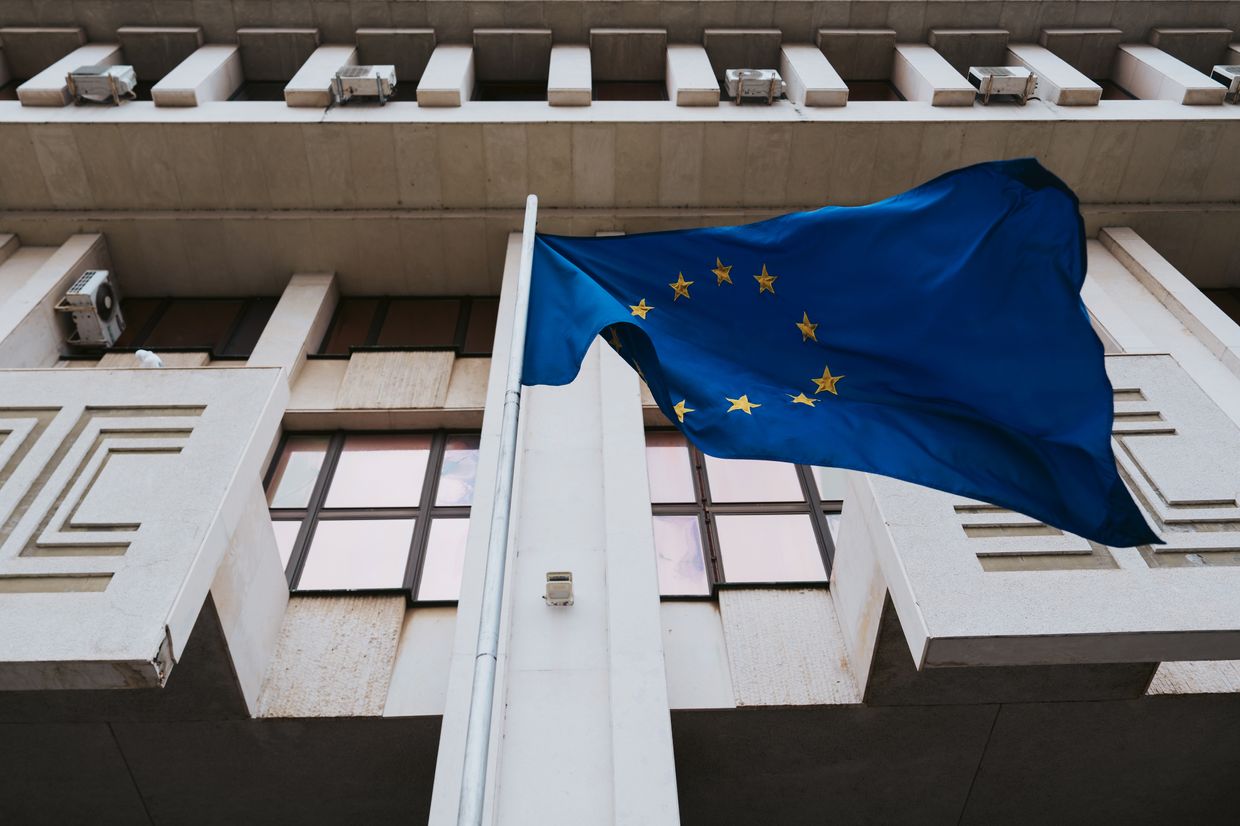The U.S. Is Auctioning a Seized Russian Yacht. Will Anyone Buy It?

© Mike Blake/Reuters


© Mike Blake/Reuters
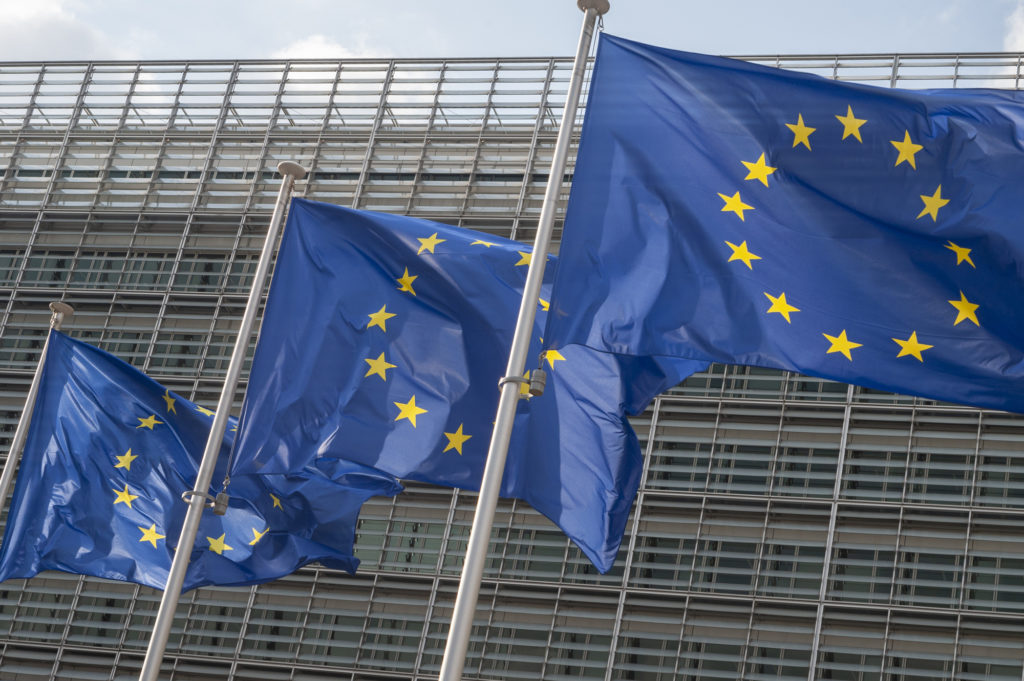

Europe leads military aid for Ukraine, surpassing the US. According to research by the Kiel Institute for the World Economy’s Ukraine Support Tracker, European countries have become the main donors of support to Ukraine, allocating over 35 billion euros for weapons procurement.
However, despite this, European leaders will not attend the summit between US President Donald Trump and Russian leader Vladimir Putin in Alaska on 15 August, where discussions about conditions for a ceasefire in Ukraine may take place. Meanwhile, Estonian Foreign Minister Margus Tsahkna drew parallels between potential Ukraine concessions and Neville Chamberlain’s 1938 appeasement of Nazi Germany, which led to World War II.
The Ukraine Support Tracker project monitors military, financial, and humanitarian aid to Ukraine based on open data. It covers 40 countries, including the G7 members, as well as Australia, South Korea, Türkiye, Norway, New Zealand, Switzerland, China, Taiwan, and India.
From the start of the full-scale war until June 2025, Europe allocated at least 35.1 billion euros for Ukraine’s armaments — 4.4 billion euros more than the US. Importantly, a significant portion of weapons are purchased directly through the defense industry rather than taken from existing stockpiles.
The study highlights that Germany provided the largest bilateral aid package of five billion euros. Norway, Belgium, the Netherlands, the UK, and Denmark also provided significant aid packages.
In May 2025, Trump’s administration approved large arms exports to Ukraine, but the country must finance these purchases independently.
A significant part of Ukraine’s financial support is currently provided through the ERA loan mechanism, created by the G7 and the European Commission. A total of 45 billion euros is planned to be provided, partly financed by frozen Russian assets.
Experts warn that whether donors can maintain this level of assistance in the long term remains uncertain.
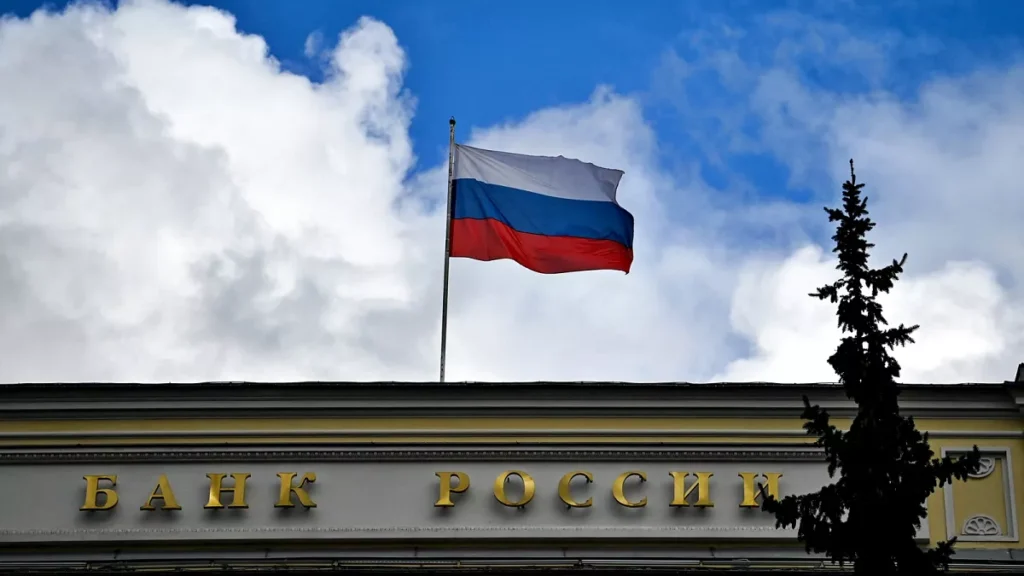

The European Union has secured €1.6 billion ($1.9 billlion) from profits generated by frozen Russian assets, marking the third transfer under the program, the European Commission announced.
The allocation strategy has shifted with this latest tranche. While 90% of funds from the first two transfers supported Ukraine through the European Peace Facility (EPF) and 10% through the Ukraine Facility, the third transfer will see 95% directed to Ukraine through the Ukraine Loan Cooperation Mechanism (ULCM) and 5% through the EPF.
The ULCM provides non-repayable support to Ukraine for repaying macrofinancial assistance loans from the EU and bilateral creditor loans within the mechanism framework. The total credit support amounts to €45 billion ($52 bn).
The EPF assists Ukraine in addressing urgent military and defense needs, according to the Commission’s statement.
The frozen assets program emerged as a response to Russia’s full-scale invasion of Ukraine. The EU froze Russian assets in Europe, with G7 jurisdictions holding approximately $280 billion in frozen Russian sovereign assets, according to Ukraine’s Ministry of Finance.
G7 countries committed to keeping these assets immobilized until Russia pays for crimes committed against Ukraine. Leaders agreed to provide Ukraine with a $50 billion loan, to be repaid using proceeds from these assets.
The United States already delivered $1 billion to Ukraine from frozen Russian assets at the end of 2024, demonstrating the mechanism’s implementation across multiple jurisdictions.


In the shadow of Europe’s largest war since World War II, few expected a small Western European nation to become one of Ukraine’s steady military partners. Yet Belgium has stepped up—pledging fighter jets, advanced air defense systems, ammunition, naval support, and a decade-long security pact.
Its influence is amplified by a unique role in Europe’s financial battlefield. Brussels-based Euroclear holds over €180 billion in frozen Russian assets—the largest cache in Europe. Taxes on the interest from these holdings fund much of the EU’s military aid to Ukraine, giving Belgium outsized leverage in sustaining Kyiv’s war effort.
The record, however, has gaps. As of mid-2025, Belgium’s pledge of 30 F-16s—the largest from any single country—remains undelivered. And while Brussels is central to the frozen-assets plan, it opposes full confiscation, limiting Ukraine’s access to the principal sum.
When President Volodymyr Zelenskyy visited Brussels in May 2024, he signed a landmark 10-year bilateral security agreement—the 11th such pact that year, launched after the G7’s 2023 Joint Declaration of Support. For Belgium, it was a promise that its backing would go beyond immediate aid, locking in a decade of military cooperation.
In collaboration with the Dnistrianskyi Center, Euromaidan Press presents this English-language adaptation of Dariia Cherniavska’s analysis on Belgium’s role in Ukraine’s defense, recovery, and pursuit of justice.
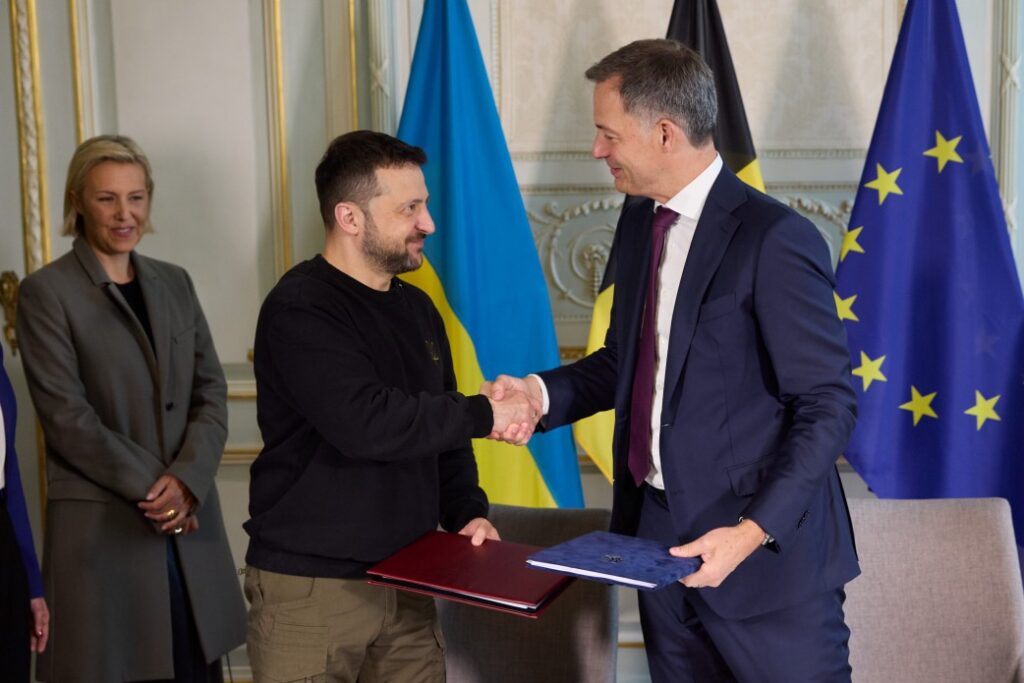
From the beginning of Russia’s full-scale invasion in 2022, Belgium’s contributions weren’t always front-page news. Unlike some larger NATO allies, its aid wasn’t accompanied by high-profile announcements or flashy military convoys. But behind the scenes, Belgium was delivering—and planning for the long haul.
That planning came into focus in May 2024, when Belgium and Ukraine formalized their cooperation under a 10-year security deal. The agreement wasn’t symbolic. It came with a promise: €977 million in military aid for 2024 alone, and a further €1 billion annually starting in 2025.
One of Belgium’s most high-profile commitments is its role in the F-16 fighter jet coalition. Belgium has pledged 30 F-16s by 2028—more than any other single donor. These American-made aircraft symbolize Ukraine’s modernization and its fight to reclaim the skies.
Yet as of mid-2025, none have been delivered. Officially, the delay is due to Belgium’s own transition from F-16s to newer F-35s, creating bottlenecks in the transfer process.
To bridge the gap, Belgium has invested heavily in training. Since 2022, over 3,000 Ukrainian troops have been trained. In spring 2024, 50 flight instructors and two F-16B aircraft were sent to Denmark to prepare Ukrainian pilots, engineers, and mission planners. Meanwhile, Melsbroek airbase hosted intensive aircrew training—ensuring Ukraine’s defenders are ready the moment those jets arrive.
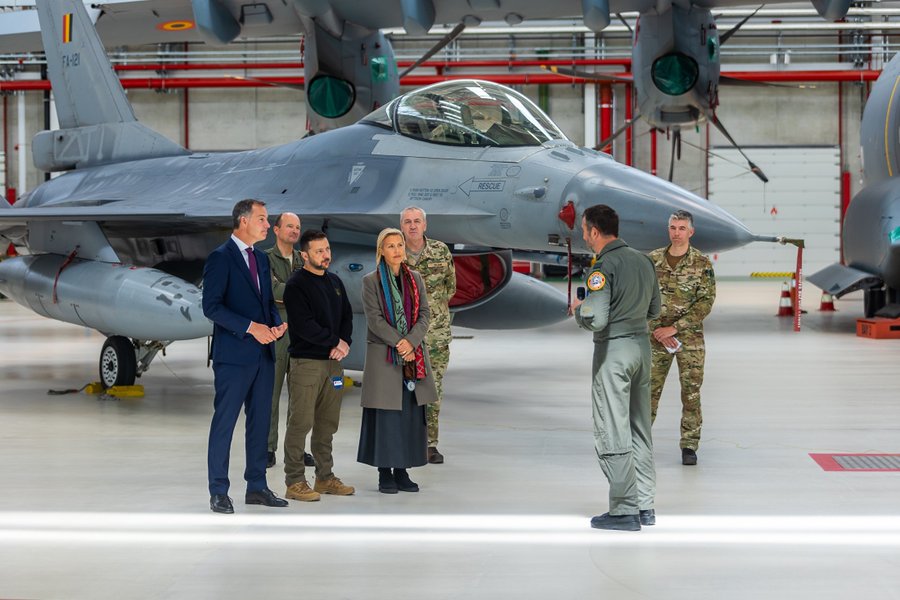
Protecting Ukraine’s airspace is a matter of survival. Belgium has made air defense a cornerstone of its aid:
These systems are critical—but the scale of Russian missile and drone attacks means Ukraine’s needs outpace even the largest contributions. Every air defense battery or missile delivery helps, but the demand is unrelenting.
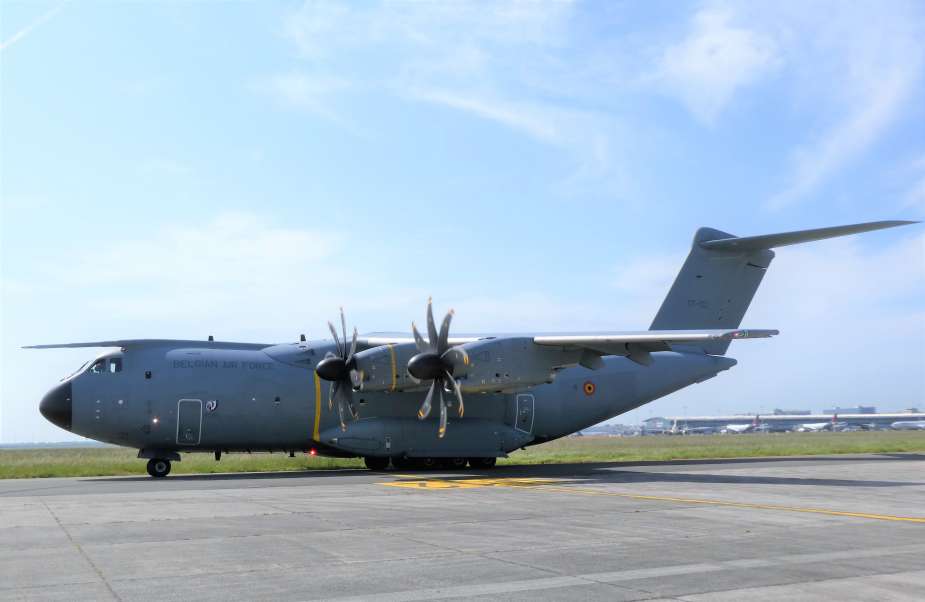
Belgium’s support extends to the seas. In June 2025, it transferred the decommissioned minehunter Narcis—renamed Mariupol in honor of the city destroyed by Russian forces in 2022. Equipped with advanced unmanned underwater drones, the ship will help clear mines from the Black Sea and reopen vital trade routes.
Training has been central to this maritime support. In 2023, Belgium trained Ukrainian operators on 10 R7 underwater drones from ECA Robotics Belgium—later delivered for underwater inspection and maintenance. Training expanded in 2024 to various strike drones, and in 2025 to the Mariupol’s crew and air defense technicians.
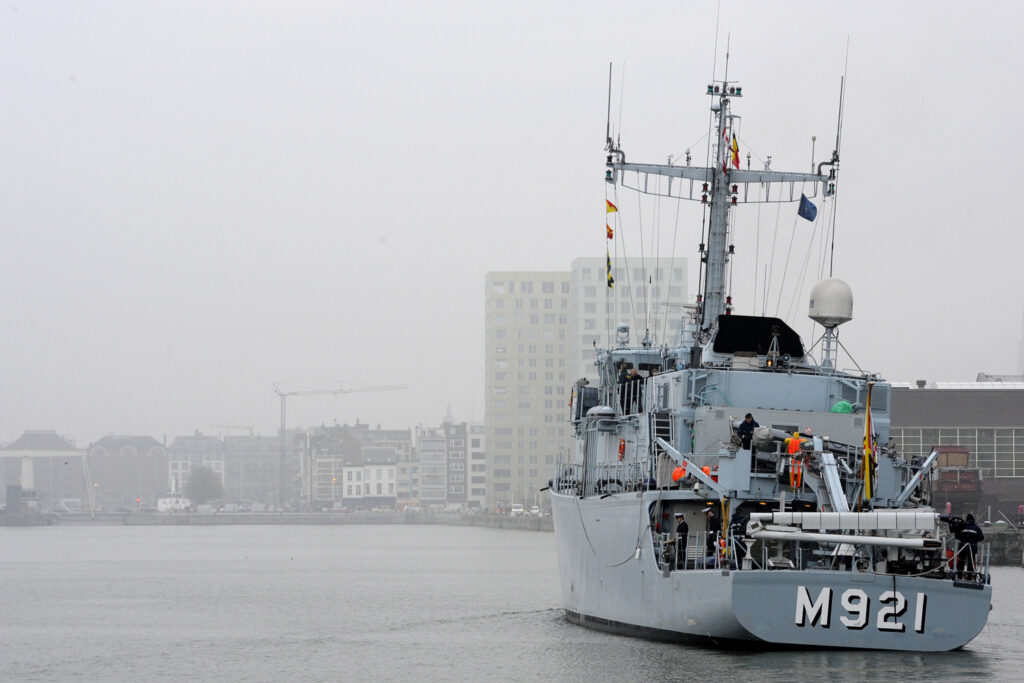
When Ukraine’s frontlines started running dangerously low on ammunition, Belgium was one of the nations to step up. In 2024, it joined the Czech-led ammunition coalition, committing €200 million toward purchasing 50,000 artillery shells—each one a lifeline on the battlefield.
That same year, Belgium pledged three Caesar self-propelled howitzers, valued at €12 million, under the artillery coalition. Though delivery delays have been reported, the promise remains.
Belgium has also provided:
These contributions may lack the headline appeal of fighter jets, but they keep Ukraine’s forces operational under intense pressure.
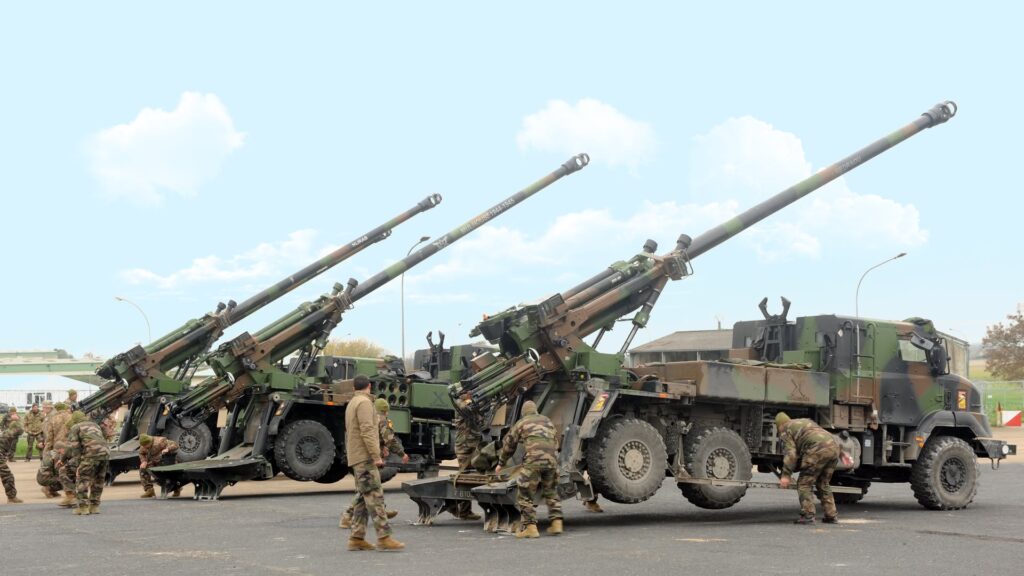
Belgium’s assistance goes beyond delivering equipment to the front. In early 2024, the Ukrainian and Belgian defense ministries signed a Memorandum of Understanding, launching a collaborative effort to co-develop new defense technologies.
One of the first tangible results came from Belgian defense firm John Cockerill, which undertook the modernization of dozens of Bandvagn 206 all-terrain vehicles destined for Ukraine—building on its earlier work upgrading M113 armored personnel carriers before their transfer to the Ukrainian Army.
Belgium is also helping Ukraine expand its own defense manufacturing capacity. In partnership with Thales Belgium, work is underway to co-produce 70mm FZ275 LGR rockets, with a range of up to 3,000 meters. Designed for precision and rapid deployment, these rockets will strengthen Ukraine’s ability to intercept Russian drones and enhance short-range air defense.
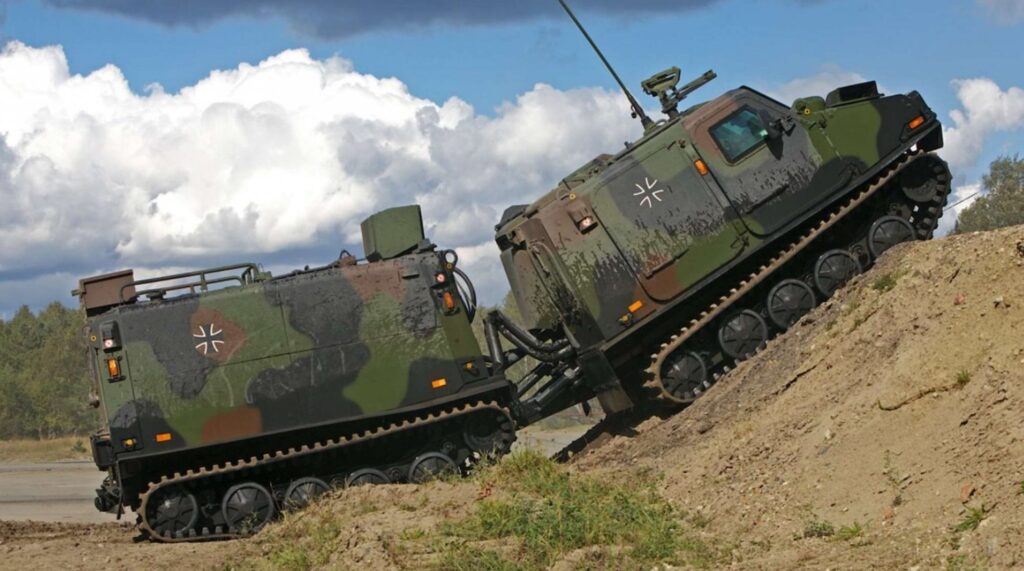
Belgium’s Euroclear holds the largest frozen Russian asset stockpile in Europe—over €180 billion. Since spring 2024, the EU has been transferring interest from these holdings to Ukraine, with the first €1.5 billion going toward air defense, ammunition, and defense industry projects.
By May 2025, Ukraine had received €6 billion via the G7’s Extraordinary Revenue Acceleration (ERA) program, with €35 billion planned for the year.
Belgium, however, opposes full confiscation of the assets, citing legal risks. Instead, it supports keeping them frozen indefinitely—even if some EU states refuse to renew sanctions—so that interest income continues to flow.
Belgium’s role in Ukraine’s recovery goes hand in hand with its financial contributions from frozen Russian assets. Through the Belgian development agency Enabel, Ukraine will receive €150 million by 2028 for the comprehensive reconstruction of Chernihiv and Kyiv Oblasts. Funded from the profits of frozen Russian assets held in Belgian jurisdiction, this aid will rebuild schools, healthcare facilities, and energy infrastructure.
Separately, under the Chernobyl International Cooperation Account managed by the EBRR, Belgium contributed over €200,000 at the end of 2024 to restore equipment at the Chernobyl Nuclear Power Plant damaged during Russia’s occupation.
In April 2025, the Belgian government unveiled a €1 billion military aid plan for Ukraine, to be renewed every year through 2029. It was one of the most ambitious announcements yet from a European country—and about two-thirds of that funding is being funneled through Belgian companies.
This dual-purpose strategy doesn’t just support Ukraine—it strengthens Belgium’s own defense industrial base, ensuring production remains efficient, scalable, and strategically aligned with EU and NATO goals.
Belgium’s training efforts go far beyond pilots. In 2023, it trained Ukrainian drone operators, including how to use 10 R7 underwater drones from ECA Robotics Belgium—systems later delivered as part of its military aid and used for inspection, surveillance, and maintenance of underwater infrastructure.
In 2025, that training expanded to include the minehunter crew, drone pilots, and technicians managing air defense systems.
Through the IT Coalition, Belgium has also invested heavily in Ukraine’s cyber and communications infrastructure, contributing to a €1.1 billion effort to modernize command centers, secure communications, and data infrastructure.
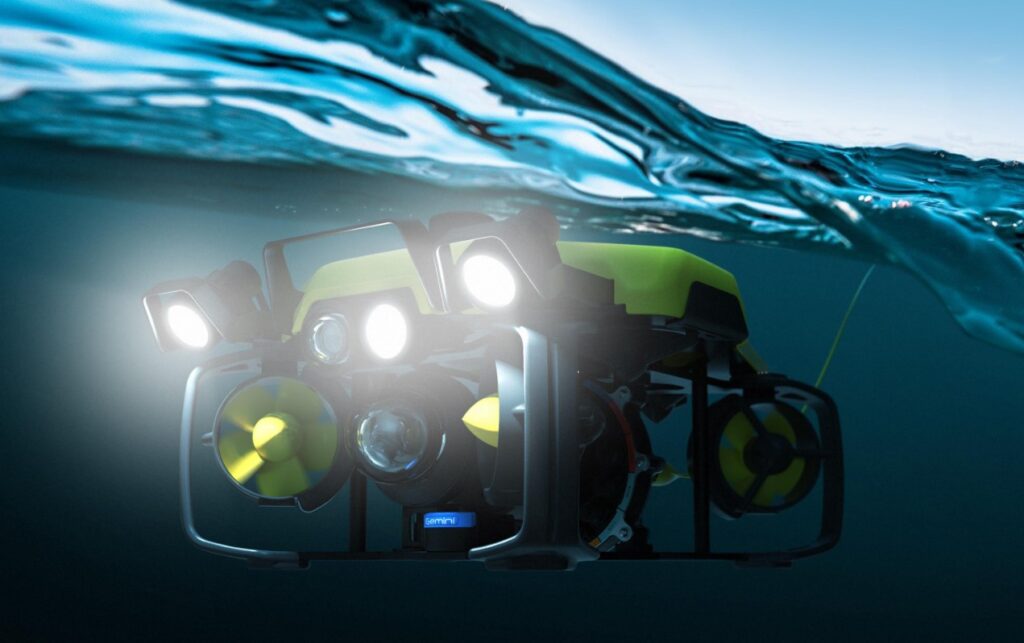
Belgium may not have the military scale of the US or economic might of Germany, but it offers something just as vital: reliability and long-term commitment. It is a partner that pairs battlefield support with industrial cooperation, reconstruction aid, and steady financial backing.
With 30 F-16s pledged, €1 billion per year committed, and a unique position at the heart of Europe’s frozen asset system, Belgium’s influence will remain significant as Ukraine’s fight continues.
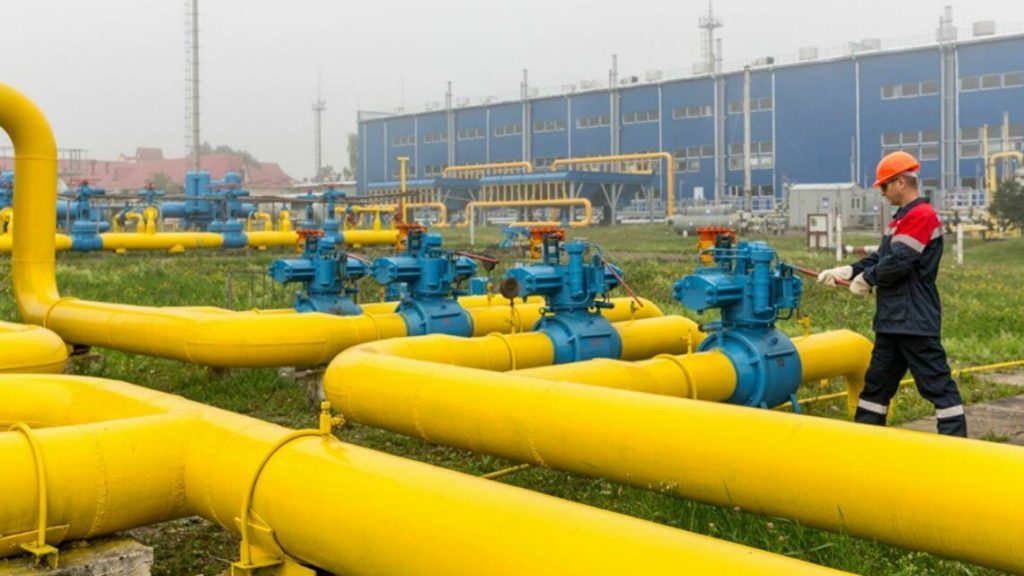

Russia will pay. Ukraine’s national energy company, Naftogaz, has announced it has received official approval from the Vienna District Court to initiate forced enforcement of the largest arbitration award against Russia, worth over $5 billion.
Due to the Kremlin’s refusal to pay voluntarily, Naftogaz has launched procedures to seize Russian assets worldwide.
Based on the Austrian court decision, more than 20 pieces of Russian state-owned real estate in Vienna have been seized, with a total value exceeding €120 million.
These assets will be sold, and the proceeds transferred to Ukraine as part of the compensation awarded in The Hague.
“This is another practical step towards collecting over $5 billion from Russia for the illegal seizure of Naftogaz Group’s assets in Crimea. Russia will pay for everything,” says Naftogaz CEO Serhii Koretskyi.
Naftogaz is represented in Austria by the DORDA law firm. The team includes partner Alexander Karl, lead counsel Robert Keimmelmayr, and Therese Stingl.
The seized property includes shares in gas pipelines, equipment, licenses for subsoil use, and over 675 million cubic meters of gas in underground storage, all of which Russia seized during the occupation of Crimea.
Naftogaz was a key player in Crimea’s gas market, responsible for exploration, production, transportation, processing, and distribution of gas.
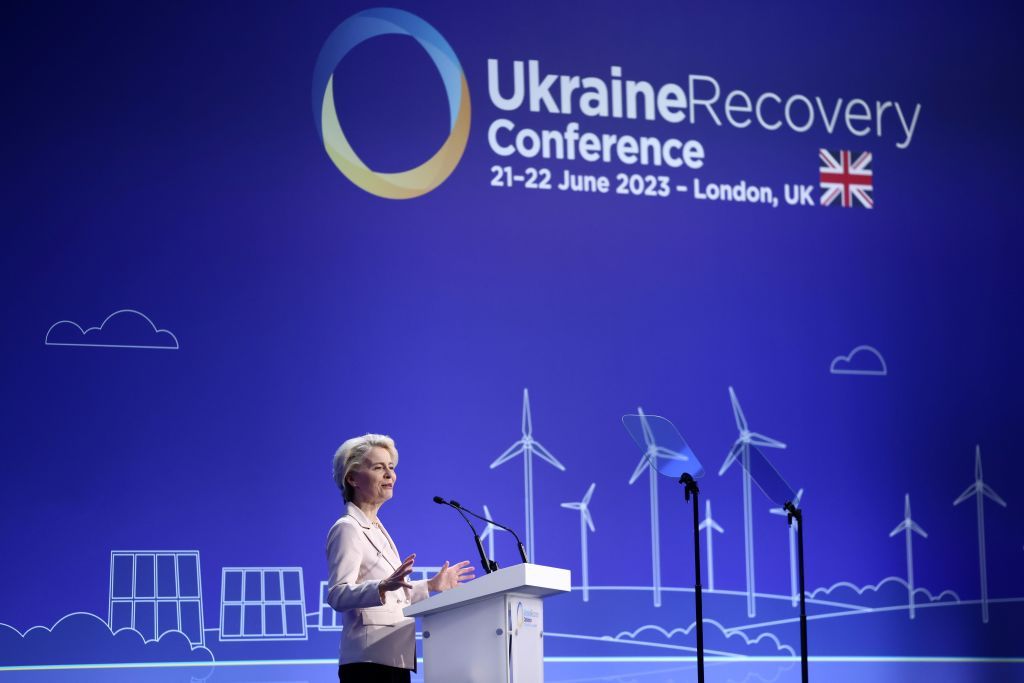

The European Commission is discussing with EU member states various options to cover Ukraine's budget deficit for next year, which could range from $8 billion to $19 billion, the Financial Times reported on July 8.
International partners have provided Ukraine with over $39 billion for its wartime economy so far this year, Prime Minister Denys Shmyhal announced.
The financial hole in Ukraine's budget is linked to reduced U.S. support and the lack of prospects for a swift ceasefire with Russia that Europe had hoped for, the Financial Times reported.
A senior EU official told the publication that many of Ukraine's partners had previously counted on a peace deal in 2025, but are now forced to revise their funding plans.
This includes the European Commission, which has already adjusted spending from Ukraine-related funding streams.
Without support from Western partners, Kyiv would face a budget deficit of $19 billion in 2026, according to the Financial Times. However, even if additional international financing for the wartime economy can be secured, a gap of at least $8 billion would remain.
To support Ukraine's budget, Europe is considering providing military aid in the form of off-budget grants that would be recorded separately as external transfers but would count toward NATO member countries' national defense spending targets.
One EU diplomat told the Financial Times that military support for Ukraine is viewed as a contribution to the defense of all of Europe.
In a document for G7 countries reviewed by Financial Times, Kyiv proposed that European allies co-finance Ukrainian forces, framing this as a service to strengthen continental security.
Other support options under discussion include potentially accelerating payments from the existing $50 billion G7 loan program and reinvesting frozen Russian assets in higher-yield financial instruments that the EU allocated to help service the debt.
According to the Financial Times, two sources confirmed that the commission planned to discuss these options with EU finance ministers on July 8.
The funding issue will also be raised at the Ukraine Recovery Conference in Rome on July 10-11, dedicated to Ukraine's reconstruction needs. European Commission President Ursula von der Leyen will attend the event.
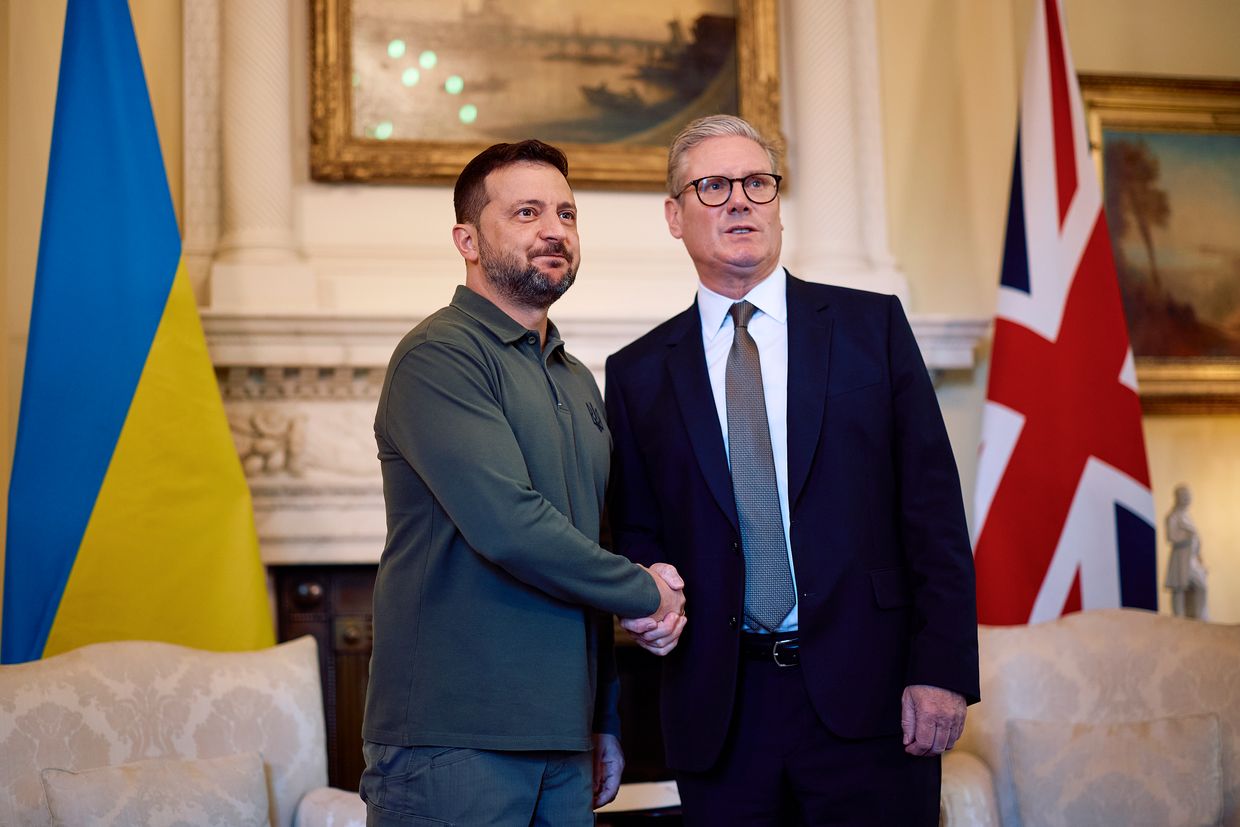

The U.K. has used interest generated from frozen Russian assets to purchase weapons for Ukraine, buying 350 air defense missiles worth £70 million ($87 million), The Guardian reported on June 25.
The move represents the U.K.'s first direct use of Russia-linked funds to buy weaponry for Kyiv.
The weapons purchase was funded through Britain's Extraordinary Revenue Acceleration (ERA) scheme, which captures interest from frozen Russian central bank assets.
According to The Guardian, the missiles, originally designed as air-to-air weapons, were converted by RAF engineers and MBDA UK in just three months to fire from ground-based systems.
Five additional Raven launcher systems will accompany the missiles to Ukraine, bringing the total to 13.
U.K. Prime Minister Keir Starmer announced the package ahead of NATO's annual summit.
"Russia, not Ukraine, should pay the price for Putin's barbaric and illegal war," he said.
The package is part of Britain's largest-ever annual military commitment to Ukraine of £4.5 billion ($5.6 billion), the Guardian reports.
It follows a £1.6 billion ($2.0 billion) deal in March for over 5,000 air defense missiles and a separate £350 million ($436 million) investment to increase drone deliveries tenfold.
The announcement comes as Starmer and President Volodymyr Zelensky agreed to work closely on military production between the UK and Ukraine. On June 24, Ukraine's Defense Minister Rustem Umerov announced that Britain will finance Ukrainian-designed drones manufactured in the UK.
European countries cannot fully confiscate the frozen Russian assets due to concerns about international law and financial stability. The European Central Bank warned that such a move could undermine confidence in the euro as a reserve currency, since most of the assets are euro-denominated.
Instead, only the interest generated from these funds is currently being used to back a $50 billion loan package for Ukraine, while the principal amount of 300 billion euros ($348 billion) remains frozen but not seized.
In June, Ukraine received another 1 billion euros ($1.1 billion) from the EU as part of the G7 loan program backed by frozen Russian assets, Prime Minister Denys Shmyhal announced.
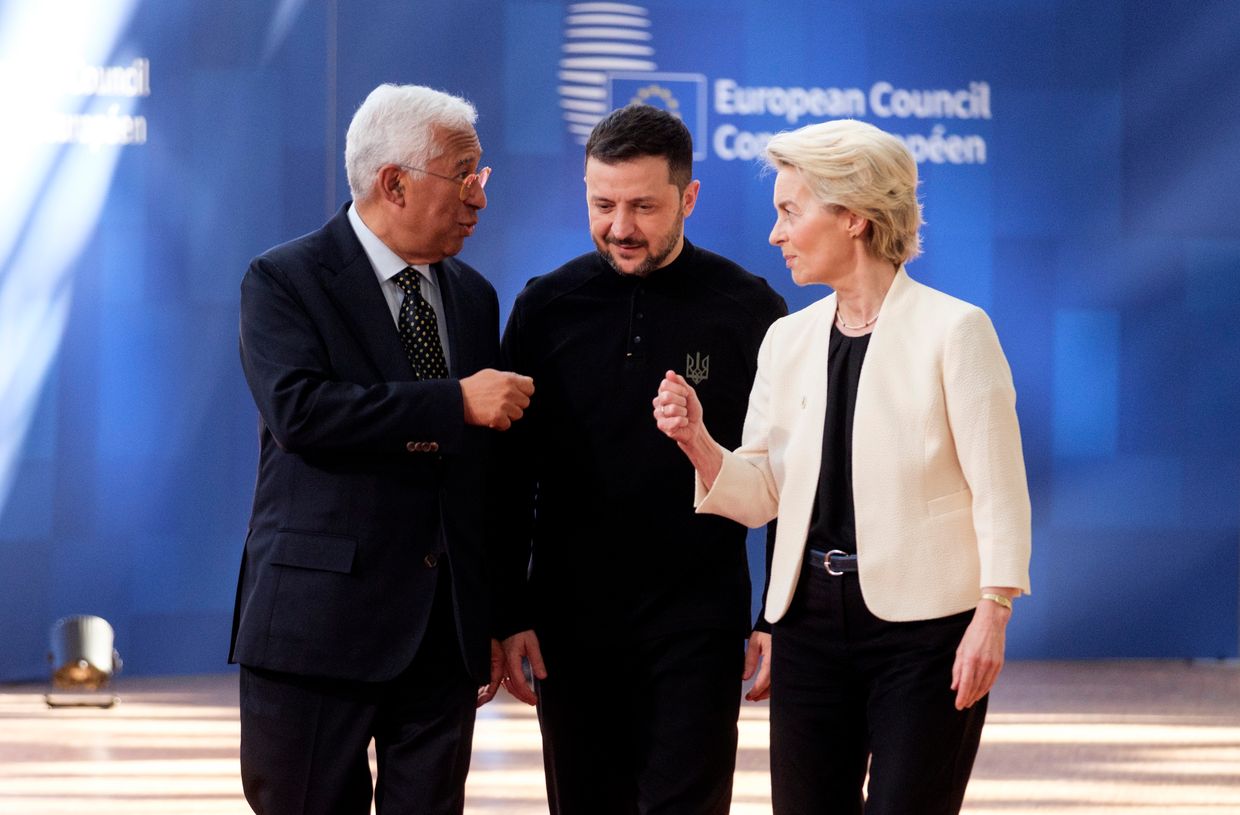

The European Union is developing a plan to generate more revenue for Ukraine by shifting nearly 200 billion euros ($215 billion) in frozen Russian assets into higher-yield, riskier investments, Politico reported on June 19, citing unnamed sources.
The assets, largely held by Belgium-based clearinghouse Euroclear, have been immobilized since 2022 under EU sanctions imposed following Russia's full-scale invasion of Ukraine.
Under the current framework, the funds are invested conservatively with the Belgian central bank, generating low but steady returns. In 2024, this approach yielded around 4 billion euros ($4.3 billion) in windfall profits, which the EU allocated to help service a G7-backed 45-billion-euro loan for Ukraine (around $50 billion).
Now, with that loan largely disbursed and concerns mounting over future financing, especially amid signals from U.S. President Donald Trump that American support could be scaled back, EU officials are under pressure to find new funding streams.
According to Politico, the proposed plan would redirect the frozen Russian assets into a special investment fund under EU control, allowing for higher returns without confiscating the assets — a move designed to sidestep legal and political opposition.
As part of the current G7-led funding framework, Ukraine has already received 7 billion euros ($8 billion) from the EU under the Extraordinary Revenue Acceleration (ERA) initiative, which uses profits from frozen Russian sovereign assets to fund loans.
Prime Minister Denys Shmyhal confirmed on June 13 that a fifth tranche of 1 billion euros ($1.1 billion) had been disbursed to support Ukraine's state budget. The ERA mechanism, part of the broader $50 billion G7 program, aims to ensure stable financing for Kyiv while making Russia shoulder the cost of its aggression.
According to Politico, finance ministers from all 27 EU countries are expected to debate the idea during an informal dinner in Luxembourg on June 19.
Poland, which currently holds the Council of the EU's rotating presidency, emphasized the urgency of the discussions, writing in an invitation letter seen by Politico that "further steps regarding the sanctions regime" and the potential use of frozen Russian assets "must be addressed."
The European Commission has also been holding informal consultations with a group of member states, including France, Germany, Italy, and Estonia, to explore legal options for keeping the Russian assets frozen in case Hungary exercises its veto power during the semiannual sanctions renewal process. So far, no workaround has been finalized.
Hungarian Prime Minister Viktor Orban has repeatedly threatened to block sanctions extensions as a gesture of goodwill toward Moscow, raising concerns the assets could be unfrozen and returned to Russia by default.
By now, much of the EU's 50-billion-euro ($57 billion) Ukraine Facility, agreed in 2023 and intended to last through 2027, has already been spent. The bloc's broader 1.2-trillion-euro ($1.37 billion) budget is stretched thin, and any additional top-ups would also require unanimous support.
 The Kyiv IndependentChris York
The Kyiv IndependentChris York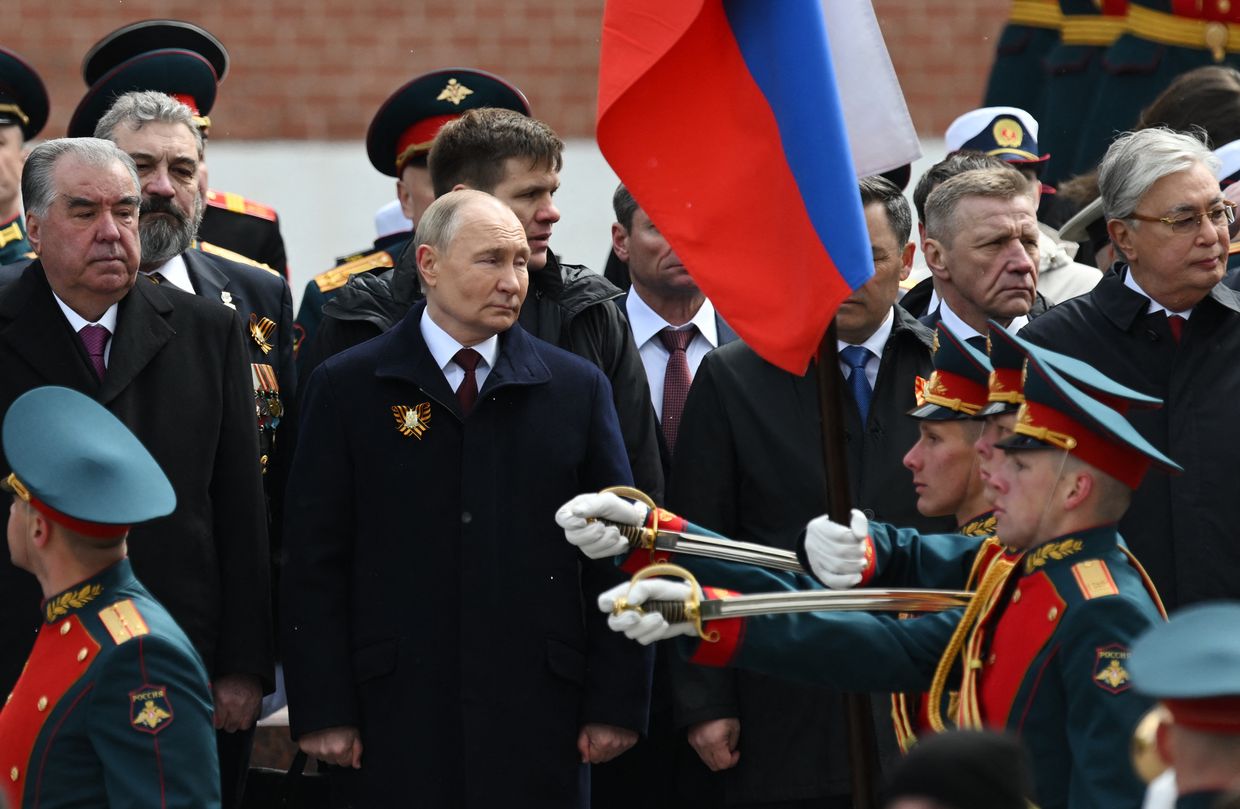
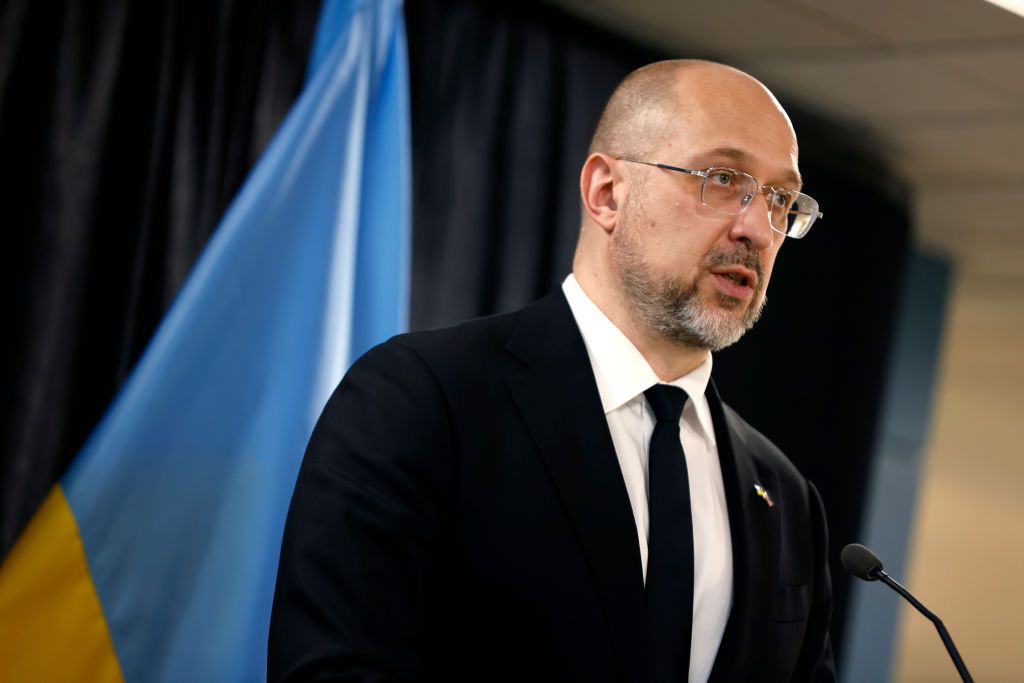

Ukraine has received another 1 billion euros ($1.1 billion) in macro-financial assistance from the European Union as part of a G7 loan, Prime Minister Denys Shmyhal announced on June 13.
"This is the fifth tranche of macro-financial assistance from the EU under the ERA Extraordinary Revenue Acceleration) initiative," Shmyhal wrote on social media. "The funds will be directed toward key expenditures of the state budget."
Shmyhal thanked Ukraine's partners for their "consistent and reliable support," adding, "Together, we will make (Russia) pay for all the damage caused to Ukraine."
According to Shmyhal, Ukraine has received a total of 7 billion euros ($8 billion) from the European Union under the ERA initiative, which is funded by the windfall profits generated from immobilized Russian sovereign assets.
The ERA mechanism, launched by the G7 and backed by the EU and the United States, is a $50 billion program designed to support Ukraine through loans repaid using future income from frozen Russian assets. Since Russia's full-scale invasion in 2022, G7 countries have frozen around $300 billion in Russian sovereign assets.
Ukraine received the previous 1-billion-euro tranche on May 8 as part of the fourth installment of EU aid under ERA.
 The Kyiv IndependentKateryna Hodunova
The Kyiv IndependentKateryna Hodunova